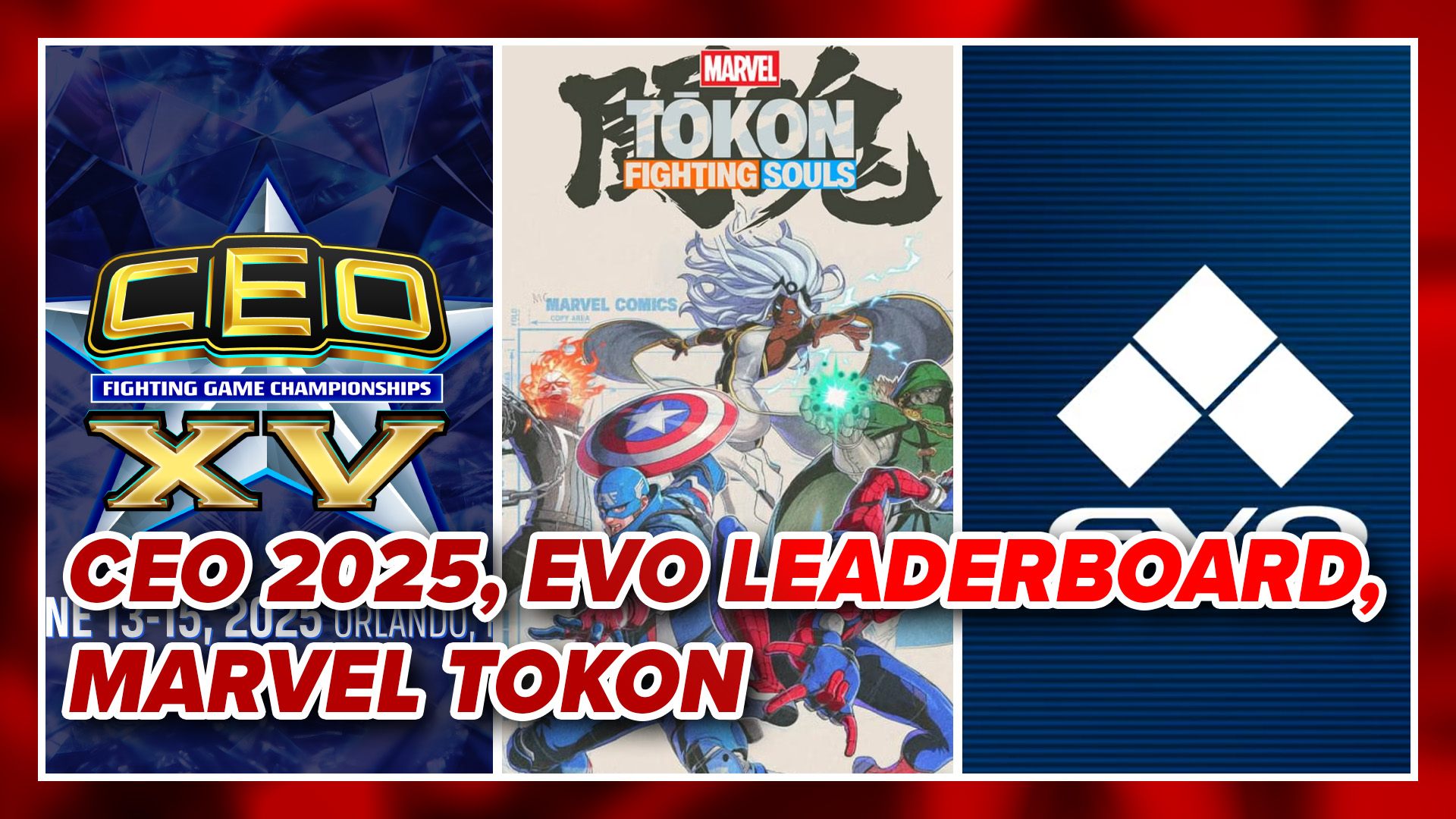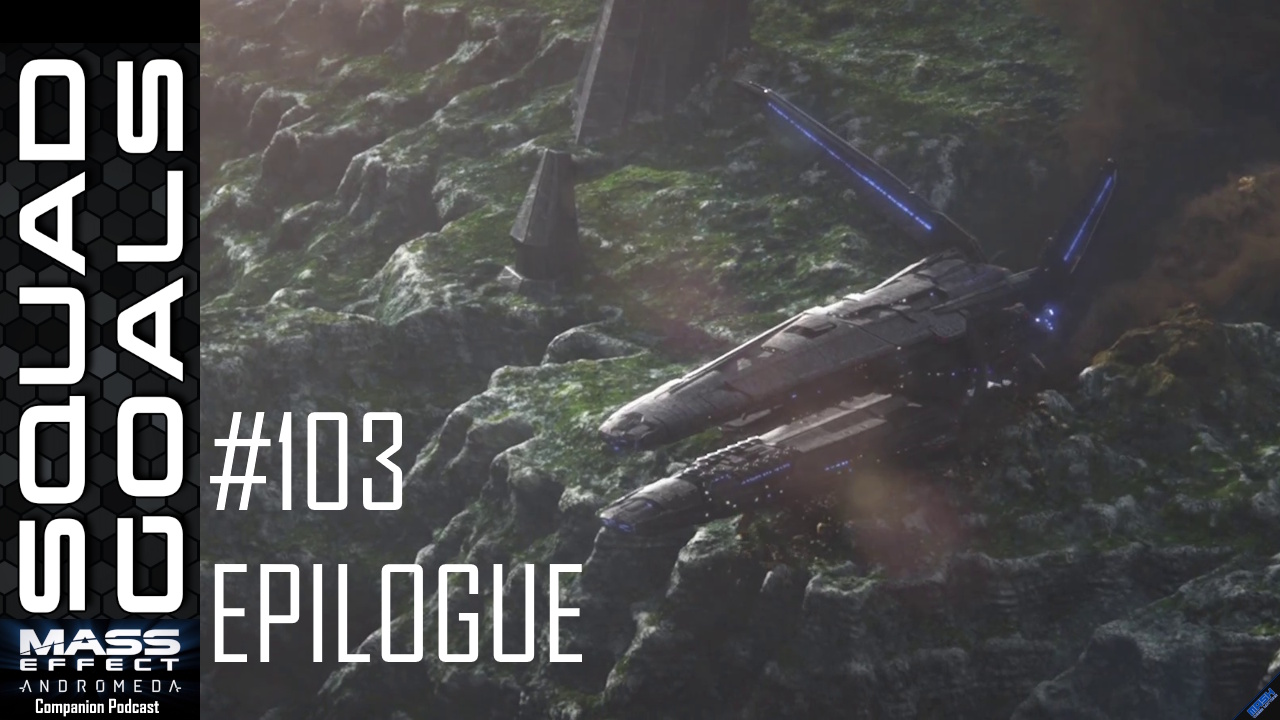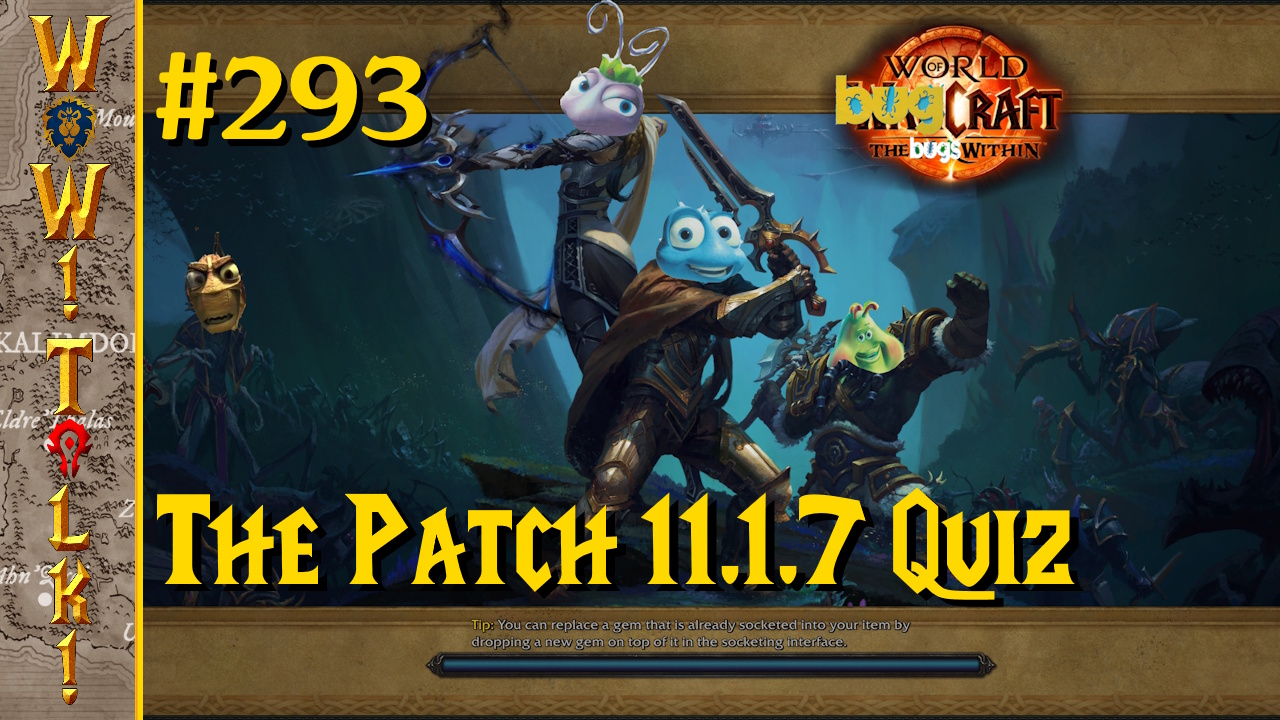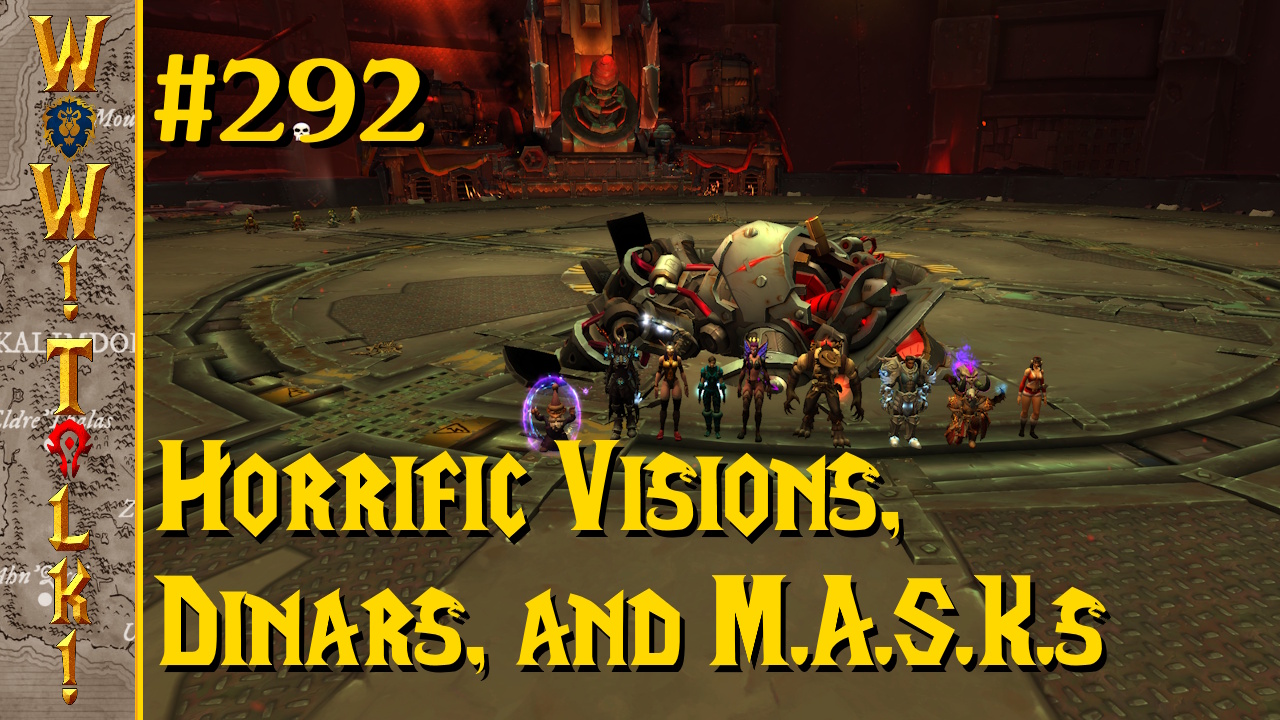
The Background:
Castlevania is a storied franchise stretching back to before the original Nintendo Entertainment System. The NES release in 1987, however, is when Castlevania started to receive the attention the series is known for. For the uninitiated, a typical Castlevania game has you controlling a descendant of the Belmont clan as they struggle against monstrous forces in order to slay Dracula. Usually the series has played in a 2D style with every attempt in 3D thus far ending up as a less than enjoyable affair.
In the new Lords of Shadow (LoS), a reboot of the classic series, you take control of Gabriel Belmont. This iteration pits you against almost every supernatural force you can think of and the Lords that control them. Gabriel is a member of the Brotherhood of Light and it is his mission to defeat the Lords of Shadow, bring his wife back from the dead, and in turn save the world. As the first attempt in this generation at a 3D Castlevania let’s see how it stacks up.

(pictured above: Not God of War)
Inevitable Comparisons:
Any 3D action game in recent times that stars a protagonist who wields any weapon that is vaguely chain-like will eventually be compared to the God of War series. When you see screenshots or video of the combat in LoS, it’s easy to understand why people think someone spilled some God of War in their Castlevania. The funny thing is, while similarities exist between the two, they’re not where you might expect them to be. Certainly, Gabriel’s Combat Cross may be reminiscent of the Blades of Chaos at first glance while he attacks legions of the undead, but in truth it’s a cosmetic similarity. To put it in perspective, I actually posted this on my Facebook a bit into playing Castlevania: “Fact: If you play Castlevania: Lords of Shadow like you’re playing God of War, you will end up dead. A lot. This is not God of War, it’s friggin’ Castlevania.”
Now, having finished the game, I can still assert that the above is a fact. Even on the lowest difficulty setting the combat in Castlevania is unforgiving. This is not a button-mashing affair, as you will quickly learn throughout the game. Combat is well laid out, with the ability to do more damaging direct attacks, or space-clearing wide attacks. During the course of the game you will have great need of both. Blocking and dodging are also absolute necessities of combat; choosing wisely is often the difference between big damage or no damage at all. They both play a great part in your focus meter gauge.
During the game you are given access to light and shadow magic; light magic heals you when you do damage to enemies and shadow causes you to do greater damage. You power these meters by the absorption of neutral element orbs from enemies. Some drop them upon death, but usually in meager amounts. To truly start to thrive during combat, you’ll have to take advantage of the focus gauge. When full, the focus gauge allows every hit you land on an enemy to drop a neutral element orb. If you keep your meter full then you’ll have an ample supply of orbs to absorb so you can continue to take the fight to enemies. In other action games they have combo meters or style gauges, but the focus gauge is a little different. Being hit negates anything you’ve built up on the gauge, starting you over from square one. You can’t just spend all your time dodging enemy attacks either, as the meter will decrease over time if you’re not striking an enemy. You must strike a balance; it lends a truly cerebral feeling to combat, especially during the tense boss fights. Combat is tough, but it is well done and rewarding when you walk away from a tough encounter.

(Oh yes, there will be blood. Some of it yours.)
Paying Its Dues:
Above I mentioned that there were similarities between GoW and LoS, but that it wasn’t in the combat. “But then where?” you might ask, and you’d have to look no further than the environments you fight in and travel through. One thing that struck me more than anything else about the levels in LoS was the scope of the environments and the sense of scale. When you’re climbing on a cliff face or running up a path and the camera does a cinematic pan out to reveal the beautiful, ruined world you find yourself in you’ll truly be in awe. If Lords of Shadow owes anything to God of War it’s in the detail of the world itself and not just the characters that inhabit it.
Another game that the new Castlevania may owe something to is the Devil May Cry series. I say this not because of any specific trait of either game, but because of how combat feels when you’re involved in it. The combat, as I mentioned before, is unforgiving. But by the same token, by the time you’re done with LoS you will feel like an avatar of God’s Wrath on Earth and that every creature of the night should cower before your coming. Despite how the game can at times be punishing, it is also at the same time making you a better player. Every humiliating beat-down you receive because you got complacent or nail-biting sliver-of-your-life-bar victory you pull out is, whether you realize it or not, teaching you something. You’ll start to catch patterns in how enemies attack, which attacks can be blocked, parried, or should be dodged. Even boss encounters have a flow to them that gradually you’ll catch on to. And that element of the game reminded me a lot of my time with Devil May Cry 3 specifically. The game doesn’t beat on you just because it can, it does it to make you understand.

(This is not even in the top five most beautiful vistas in the game.)
Bloodlines:
In spite of the aspects LoS may have in common with other games, it still is a Castlevania game and evokes feelings of nostalgia. When you get into combat, the Combat Cross feels like the whip it is, not a knock-off of some other weapon. The sub-weapons and relics you obtain are classic items from Castlevania games and serve largely the same purpose. For instance, holy water is still killer against undead and vampires and I never needed a hint to know what enemies to rain down holy death upon. Enemies cover a wide gamut in LoS, but ones that have appeared in prior games still do the same things you remember (and hated). For instance, zombies alone or in a pair are a joke, but put them in a group and suddenly they actually have the potential to hurt our hero.
Exploration still feels firmly rooted in Castlevania as well, using your whip to traverse different terrain, leaping gaps and finding your way through the multiple paths in levels. There’s a ton of weapon upgrades, gems that upgrade your health, light and shadow meters; there’s even scrolls that fill in little tidbits about the world and story that you can find throughout the game. It’s addictive trying to hunt down those last items to make your hero more formidable, and the game allows you to return to levels you’ve previously beaten (even boss fights) where you can get an item that was previously out of reach, or even take on the trial specific to each level.
The only true downside I found during the game was that it had flashes of an identity crisis. It’s not a problem when you sit back from the game and can see it having taken queues from other good action games. Having three boss fights that felt like they were wholesale torn out of Shadow of the Colossus, on the other hand, is a problem. This is not because Shadow of the Colossus is not a great game, it is; but it is also not Castlevania, and those encounters didn’t feel like Castlevania in the least. This crops up in small portions of the game, but not often and not as glaringly as during the battles with the Titans. I can understand why it may have occurred, as the places where I noticed it had no real analogy to the classic Castlevania games.

(Interesting fights, but misplaced.)
The Judgment:
Lords of Shadow is definitely a worthwhile investment; especially for prior fans of the series. As long as you can keep the understanding that while some things are the same and some have also changed, then you’ll be right at home here. For those who like games in the action-adventure genre but have never previously delved into a Castlevania game, this reboot is a good jumping in point, and one of the best action-adventure games this year (if not the best). For the more casual gamer, if games like Bayonetta or Devil May Cry make you want to throw your controller then you may want to steer clear of Lords of Shadow. It’s not quite as insanely difficult, but it’s damnably close. Gamefly it first and see how you fare.
The team at MercurySteam was in uncharted territory in a lot of places in this game, and despite a couple of hiccups, performed admirably in releasing an incredibly polished game worthy of the Castlevania name. It makes me happy to say: Finally, a good 3D Castlevania.





